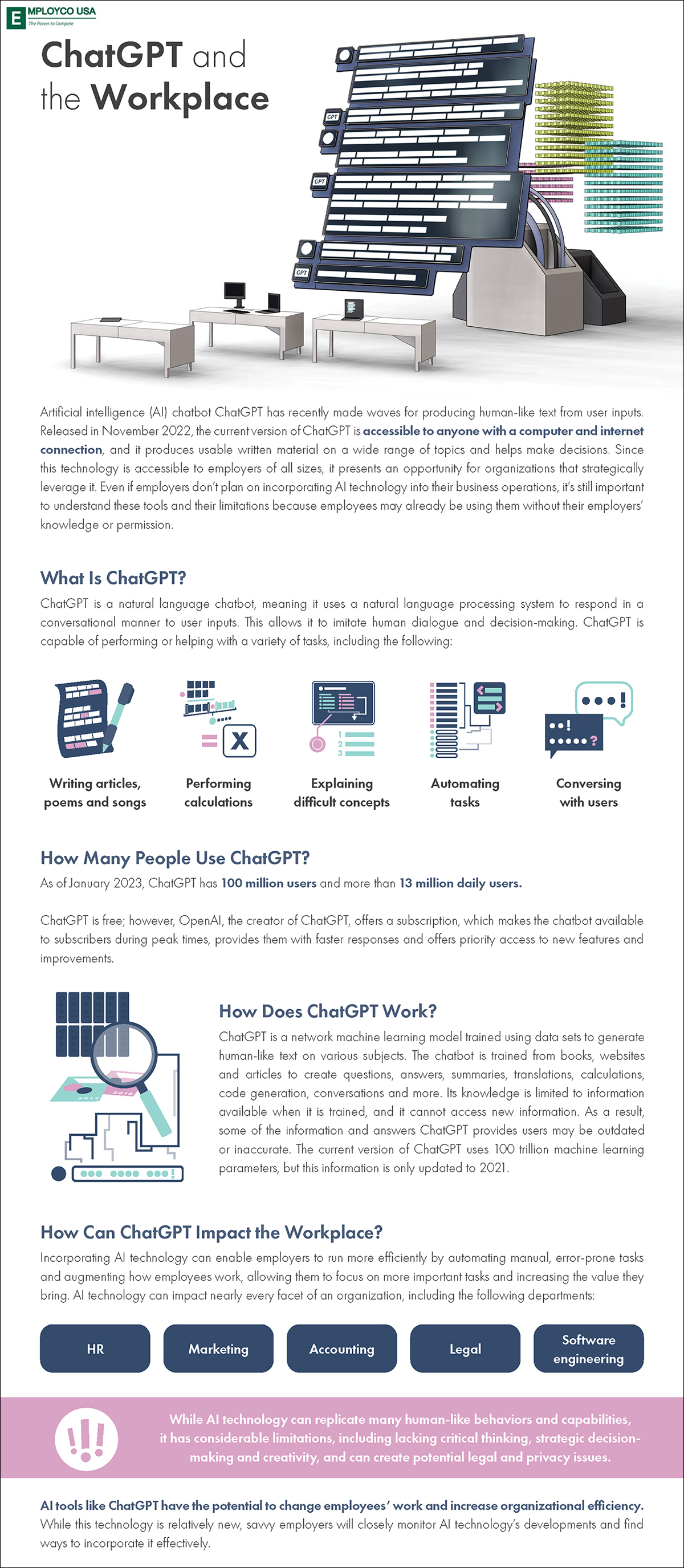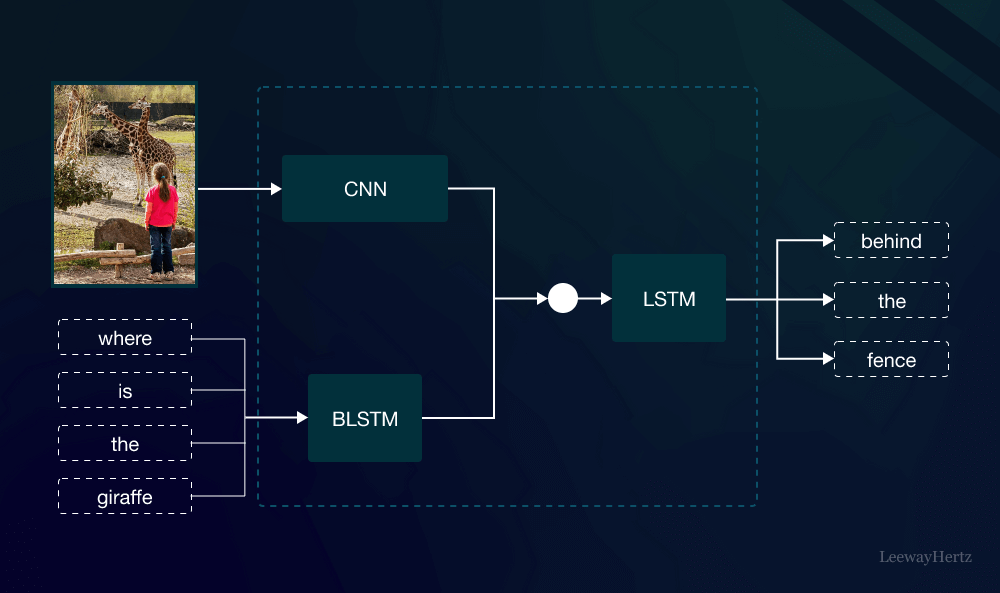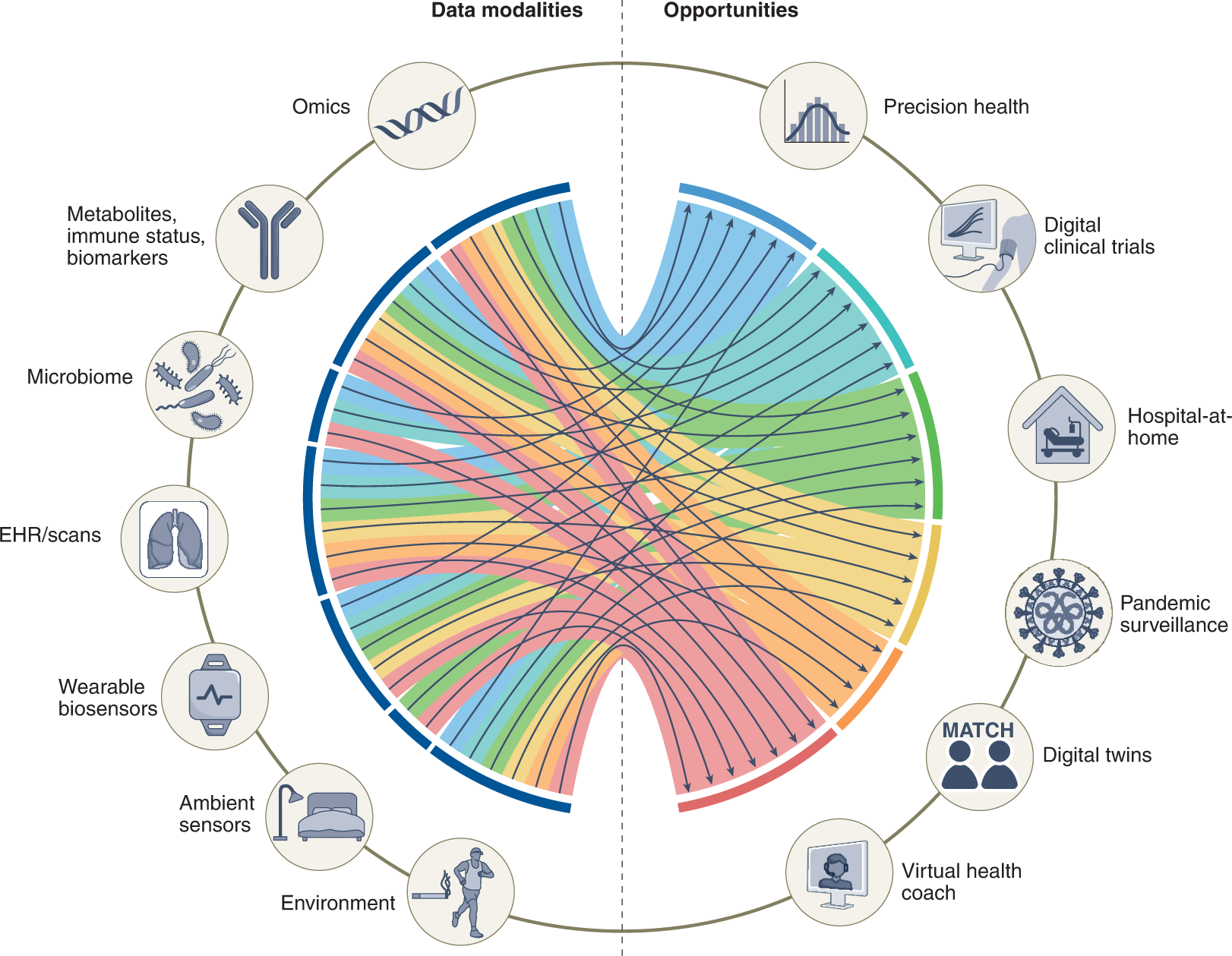OpenAI Announces GPT-4 Retirement, GPT-4.1 Launch Coming ...
WorthvieWThere is something here for EVERYONE! 🌍OpenAI is once again at the forefront of AI innovation, preparing for a major update to its flagship language models. The company is set to launch a new family of models—GPT-4.1, including GPT-4.1 Mini and GPT-4.1 Nano—as early as next week. This comes as part of a broader transition that will see the retirement of GPT-4 from ChatGPT effective April 30, 2025.
Transition to GPT-4.1
OpenAI has officially announced that GPT-4o, the current default model in ChatGPT, will fully replace GPT-4 within the ChatGPT product. While GPT-4 will still be accessible through the OpenAI API, its days as a frontline model are numbered.

The move marks a strategic shift toward OpenAI’s newer, more capable models. GPT-4o, introduced as a natively multimodal model, integrates text, image, and audio processing more seamlessly than its predecessor. According to OpenAI, it outperforms GPT-4 across multiple domains, including creative writing, programming, and STEM problem-solving.
Introduction of GPT-4.1 Models
Behind the scenes, OpenAI is working on a suite of updated models under the GPT-4.1 umbrella:
- GPT-4.1 (core model)
- GPT-4.1 Mini (a lighter, faster variant)
- GPT-4.1 Nano (optimized for minimal resource usage)

In addition, the company is expected to release a more advanced version of its “reasoning” models, including the o3 model, first announced in December, and a lighter version dubbed o4-mini. While official details about GPT-4.1’s technical specifications are scarce, insiders like reverse engineer Tibor Blaho have spotted these models being tested, suggesting a public rollout is imminent.
Enhancements and Updates
The decision to sunset GPT-4 in ChatGPT reflects OpenAI’s evolving focus on performance and efficiency. In a recent changelog, the company explained:
“GPT-4o is our newer, natively multimodal model. In head-to-head evaluations, it consistently surpasses GPT-4 in writing, coding, STEM and more.”

Moreover, GPT-4o has shown improved instruction-following capabilities and better context understanding, making it more aligned with user expectations. Yet, by keeping GPT-4 accessible via API, OpenAI is ensuring that businesses and developers reliant on the model can continue using it while transitioning to newer alternatives.
OpenAI isn’t just rolling out new models—it’s enhancing the ChatGPT experience as well. Some recent improvements include:
- Image Generation: Users can now create detailed and nuanced images directly in ChatGPT using GPT-4o.
- Memory Feature: ChatGPT can remember facts about users to tailor responses more personally. This feature can be toggled on or off, giving users full control over their data.
Looking Ahead
OpenAI’s aggressive push toward more powerful, efficient, and multimodal AI systems underscores its ambition to maintain leadership in the fast-evolving artificial intelligence industry. The original GPT-4, which reportedly cost over $100 million to train, had a transformative impact on generative AI. However, it was not without controversy.
As OpenAI transitions to new models, it is likely trying to strike a balance between technological advancement, regulatory compliance, and user trust.
With the arrival of GPT-4.1, OpenAI is not just upgrading its models—it’s redefining the standard for what AI can achieve in everyday applications. The retirement of GPT-4 from ChatGPT marks the end of an era, but it also opens the door to faster, smarter, and more human-like interactions in the next generation of AI tools.
Stay tuned as OpenAI continues to reshape the future—one model at a time.




















